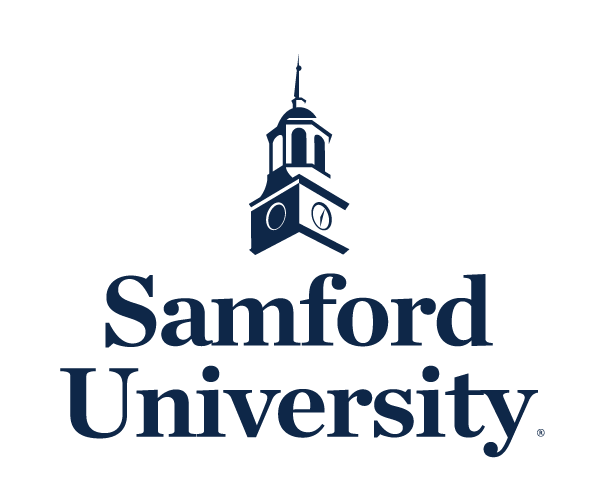
Many organizations recognize the need for a quality assurance program. But getting faculty and staff to buy-in to those plans isn’t always easy. That’s why Samford University took a “small bite” approach to introducing Quality Matters, ultimately creating an appetite for quality assurance by increasing awareness, generating buy-in and empowering faculty.
When Samford’s online programs hit a growth spurt, the University’s Provost, Dr. Mike Hardin, commissioned a task force to help guide the University’s online efforts. His top priorities — continued academic excellence and faculty professional development. After studying the issue, the task force made several recommendations, including setting minimum course design standards and creating professional development opportunities. To assist, the task force turned to Quality Matters, using it to guide the creation of learning opportunities for online faculty and for the development of a multi-layered course recognition policy. Marci Johns, Executive Director of Samford’s Office of Online & Professional Studies explains, “Everything was structured around increasing awareness and empowering faculty to recognize the benefits of applying the QM Rubric to improve online course quality.”
The keys to building awareness and empowering faculty were:
- Lunch & Learns — Samford began by creating a series of Lunch and Learn sessions based on individual QM Standards. As Marci shares, “This approach allowed faculty to “dig deep into online course quality,” while taking “small bites of the QM process without becoming overwhelmed.”
- Layered Course Review Process — Samford also created a multi-layered course approval process. The first step in the process is to meet Samford-specific requirements and a broad application of the QM Standards. Then it progresses to a more specific application of the Standards. That’s followed by internal approval and finally QM Certification. Marci says that this process allows faculty to move forward with course reviews at a comfortable pace while building their confidence with each stage of recognition.
- Professional Development Cohorts — Samford sent staff and faculty through QM’s Teaching Online Certificate (TOC) program as a cohort, resulting in the combination of resources from across the campus and greater collaboration. Also, as Marci explains, “Completing as a cohort provided a needed support system for our faculty and staff. The TOC courses are quick and intense! They were able to encourage each other to keep going! We also added an instructional designer to the cohort, which provided additional support for the cohort of faculty.”
Staff and faculty found the TOC to be especially beneficial. Based on feedback from the cohort, Marci found that in “Exploring Your Institution’s Policies” attendees were able to identify several policies and procedures that were missing or in need of revision. In “Evaluating Your Course Design,” many faculty gained knowledge they could immediately apply to current online courses. And in “Creating Presence in Your Online Course,” participants discovered great ideas for practitioners turned instructors!
As Samford continues to create an appetite for quality assurance, more professional development opportunities are being planned, including another series of lunch & learns that will focus on accessibility, alignment across all Standards, and understanding and incorporating quality learner interaction and faculty presence. They also plan to submit several courses for QM-Managed Official Course Reviews.
So what would Marci say to others who are considering using QM?
“I would highly recommend adopting QM as an institutional tool for empowering faculty to regularly assess the quality of their online courses. The QM Standards provide an excellent framework for standardization of expectations, the identification of professional development opportunities, and areas of improvement at the institutional level. Adding QM as part of a programmatic strategic plan is also helpful. The many opportunities for assessment as part of the QM implementation process provide an excellent benchmark of success in many areas!”
